Throughout human history, tales of mysterious beings have captivated imaginations and sparked debates between believers and skeptics. These unexplained creatures, often termed cryptids, exist in the shadows of science, supported by eyewitness accounts, cultural folklore, and occasional physical traces. This article delves into the top ten such entities, ranked based on their enduring mystery, the volume of evidence, and their cultural impact.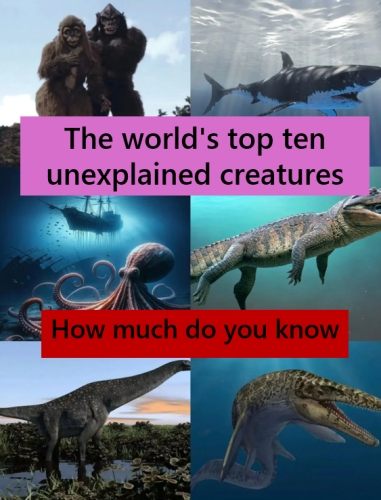
Lieta Lake Monster
Description: The Lieta Lake Monster is a cryptid reportedly inhabiting Lieta Lake in China, often described as a large, serpent-like creature with multiple humps, measuring up to 30 feet in length. Witnesses often note a dark, elongated body that moves with surprising speed, sometimes compared to a prehistoric plesiosaur. (Interestingly, variations in accounts include features like a horse-like head or glowing eyes, adding to the enigma.).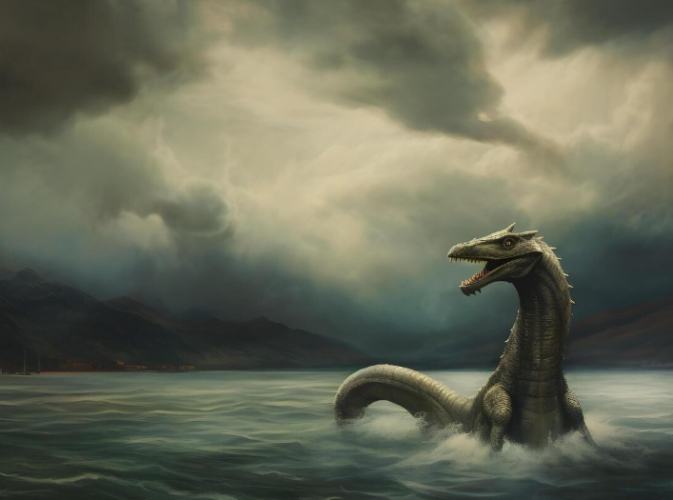
Eyewitness Accounts: In 2001, a tourist claimed to have captured a blurry photograph showing a humped object in the water, but analyses have been inconclusive. Another account from 2010 described the monster as emitting a low growl, which is unusual for aquatic animals in the area. Most sightings occur during summer months, suggesting seasonal behavior or increased human activity.
Tongshan Lake Monster
Description: The Tongshan Lake Monster is another Chinese cryptid, said to reside in Tongshan Lake, often depicted as a massive, reptilian beast with scales and occasionally reported to have bioluminescent eyes. Estimates of its size range from 20 to 40 feet, with some accounts describing it as eel-like, while others suggest a more dinosaurian appearance. (Local legends sometimes intertwine with tales of water spirits, adding a supernatural layer to the accounts.)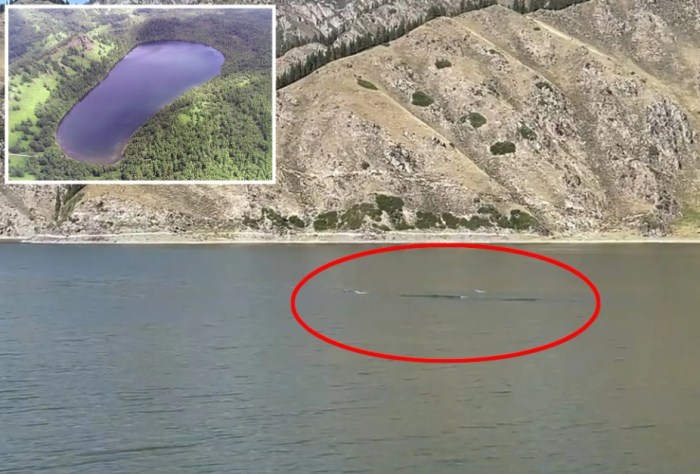
Eyewitness Accounts: Fishermen have repeatedly claimed to see a large, dark shape disturbing the water, with one 2005 incident involving a boat nearly capsized by an unseen force. In 2018, a video surfaced showing a long, undulating object, but it was dismissed as likely being a group of swimming animals or a trick of light. Experts suggest that the monster could be a surviving population of large salamanders or unknown fish species. Environmental studies of the lake reveal deep, unexplored sections that could harbor such creatures, but no expeditions have yielded definitive proof. The high altitude and remote location contribute to the difficulty of investigation.
Mongolian Death Worm
Description: Known locally as Olgoi-Khorkhoi, the Mongolian Death Worm is described as a bright red, sausage-shaped worm measuring 2 to 5 feet long, with the alleged ability to spit corrosive venom and generate electric shocks. (Nomadic tribes in the Gobi Desert have passed down warnings for centuries, often associating it with death and misfortune.)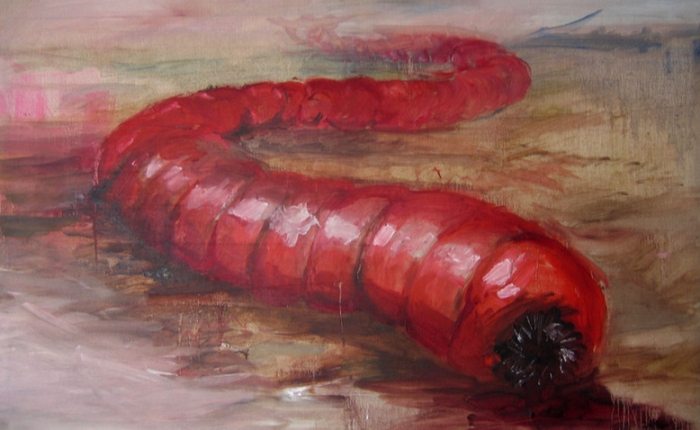
Eyewitness Accounts: Herders report encounters where the worm emerges after rainfall, with some claims of it causing livestock deaths through its venom. A 1990s account described a witness seeing it burrow rapidly into the sand, leaving a distinctive trail.
Scientific Explanations: Skeptics propose that the death worm could be a misidentified known species, such as the Tartar sand boa or a type of skink, but the reported abilities exceed known biology. Some theories suggest it might be a previously undiscovered reptile or an amphibian adapted to arid environments, but without specimens, it remains speculative.
Mermaid
Description: Mermaids are legendary aquatic beings with the upper body of a human and the tail of a fish, often portrayed as beautiful enchantresses or ominous omens. (Historical accounts, like those from Christopher Columbus, often describe them as less attractive than artistic depictions, possibly based on marine mammals.)
Eyewitness Accounts: Throughout history, sailors have reported encounters, such as the 1608 sighting by Henry Hudson's crew, who described a creature with a woman's torso and a speckled tail. Modern reports, though rare, sometimes come from coastal areas, with descriptions varying widely. Marine biologists attribute most mermaid sightings to misidentified animals like manatees, dugongs, or even seals, which can appear human-like from a distance. The "Fiji Mermaid" hoax of the 19th century exemplifies how curiosity can be exploited, yet the myth endures in global consciousness.
Mothman
Description: The Mothman is a cryptid from West Virginia folklore, depicted as a large, winged humanoid with glowing red eyes and a wingspan of up to 10 feet. It is often described as emitting a high-pitched screech and possessing superhuman speed. (The creature is famously linked to the 1967 Silver Bridge collapse, where numerous sightings preceded the disaster, fueling theories of it being a harbinger of doom.)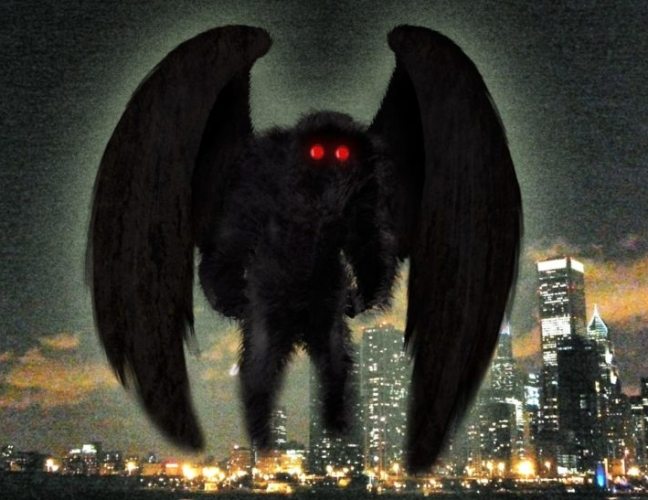
Eyewitness Accounts: Witnesses, such as Linda Scarberry and Roger Scarberry, reported encounters where the Mothman chased their car, leading to widespread media coverage.Ornithologists argue that the Mothman could be a misidentified sandhill crane, which has red patches around its eyes and can appear larger in low light. Mass hysteria and suggestibility are often cited, but the consistency of descriptions keeps it a topic of debate.
Cabro Dragon
Description: The Cabro Dragon is a lesser-known cryptid, often described as a dragon-like creature with scales, wings, and the alleged ability to breathe fire or emit noxious fumes. Reports vary, with some describing it as a large, reptilian beast up to 15 feet long, often associated with remote mountain regions. (The name "Cabro" may derive from regional dialects, and it shares similarities with European dragon myths, suggesting a cross-cultural archetype.)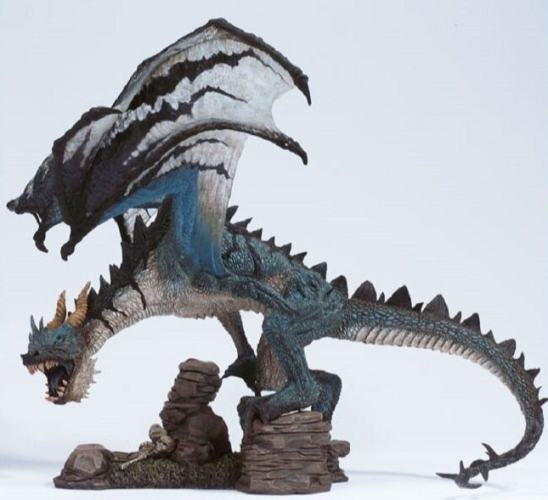
Eyewitness Accounts: Sparse reports include a 1995 claim from a hiker in the Andes who saw a large, winged creature soaring overhead, but no photographic evidence exists.Zoologists suggest that the Cabro Dragon could be based on misidentified large birds, such as condors, or even hoaxes involving kites or drones. The lack of consistent documentation makes it one of the more speculative entries on this list.
Blue Tiger
Description: The Blue Tiger, also known as the Maltese Tiger, is a supposed color morph of the tiger with blue-grey fur and dark stripes. (Alleged sightings primarily come from China's Fujian province, where it is said to be a rare variant, though no confirmed specimens have been documented. Reports describe it as similar in size to a regular tiger but with a distinctive slate-colored coat, possibly due to a genetic mutation.)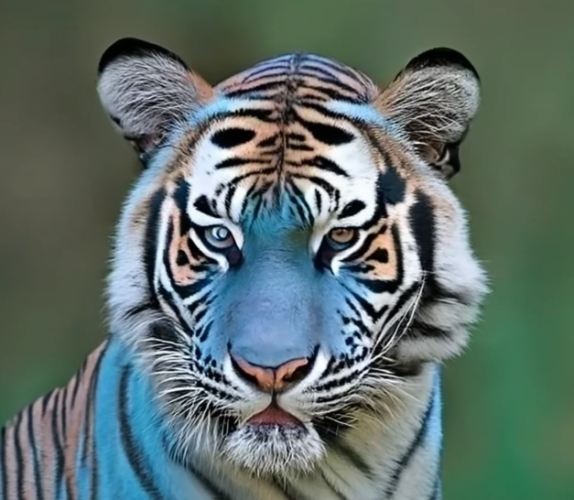
Eyewitness Accounts: A 1910 report from a British missionary claimed to have seen a blue tiger in the wild, but subsequent searches found nothing. Genetic studies on tigers suggest that such color variations are theoretically possible but extremely rare.Wildlife experts propose that the blue tiger could result from a recessive gene or a condition like pseudomelanosis, but without physical evidence, it remains a cryptid rather than a recognized subspecies.
Jersey Devil
Description: The Jersey Devil is a legendary creature from the Pine Barrens of New Jersey, described as a kangaroo-like being with bat-like wings, a goat's head, and a forked tail. It is often said to emit a piercing scream and leave cloven hoof prints. (The legend is often tied to a 18th-century story of a cursed child, which has evolved into a regional icon of terror.)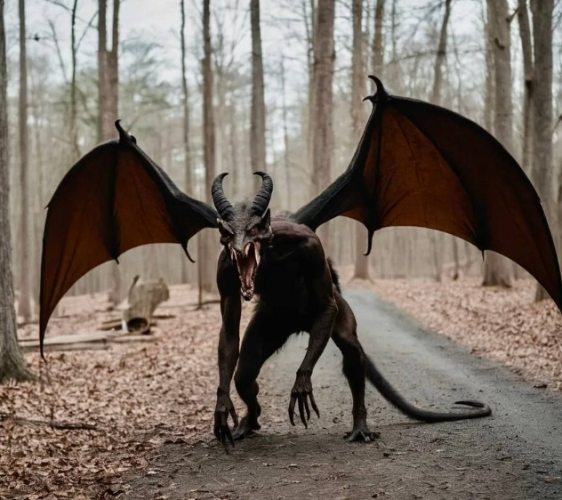
Eyewitness Accounts: Numerous sightings have been reported, including a famous 1909 wave where hundreds claimed to see the devil, leading to school closures and panic.Biologists attribute reports to misidentified animals like sandhill cranes or even hoaxes. The dense, swampy terrain of the Pine Barrens provides an ideal backdrop for such myths, with natural sounds and animal behaviors fueling the narrative.
Pope Lick Monster
Description: The Pope Lick Monster is an urban legend from Kentucky, described as a half-man, half-goat creature with a deformed body, often said to use hypnosis or mimic human voices to lure victims onto train trestles. It is often depicted as having a human-like torso with goat legs and horns, and it is allegedly associated with violent deaths. (The legend likely emerged in the 20th century, with stories warning of its presence near the Pope Lick Creek area. (Some accounts suggest it wields a bloody axe, adding to the horror element.)
Eyewitness Accounts: Reports are mostly anecdotal, with claims of seeing the monster perched on trestles, but investigations often reveal pranks or misidentifications of animals like goats or deer. Psychologists point to the power of urban legends in shaping behavior, with the monster serving as a cautionary tale against trespassing on railroad tracks.
Super Gigantic Ape
Description: The Super Gigantic Ape is a cryptid often associated with legends like Bigfoot or Yeti, described as a massive, bipedal primate standing 8 to 15 feet tall, covered in thick hair, and often leaving large footprints. (This entity is sometimes linked to fossil records of Gigantopithecus, an extinct giant ape, which fuels speculation about survival in remote regions. (Reports often come from dense forests in North America and Asia, with some linking it to ancient hominid species.)
Eyewitness Accounts: Numerous reports include the famous 1967 Patterson-Gimlin film, which purportedly shows a female Bigfoot walking, though analyses debate its authenticity. Primatologists argue that most sightings are of known animals like bears, or hoaxes. Despite hair samples and footprint casts, no DNA evidence has confirmed its existence, leading many to classify it as a cultural artifact rather than a biological reality.
Leave a Comment